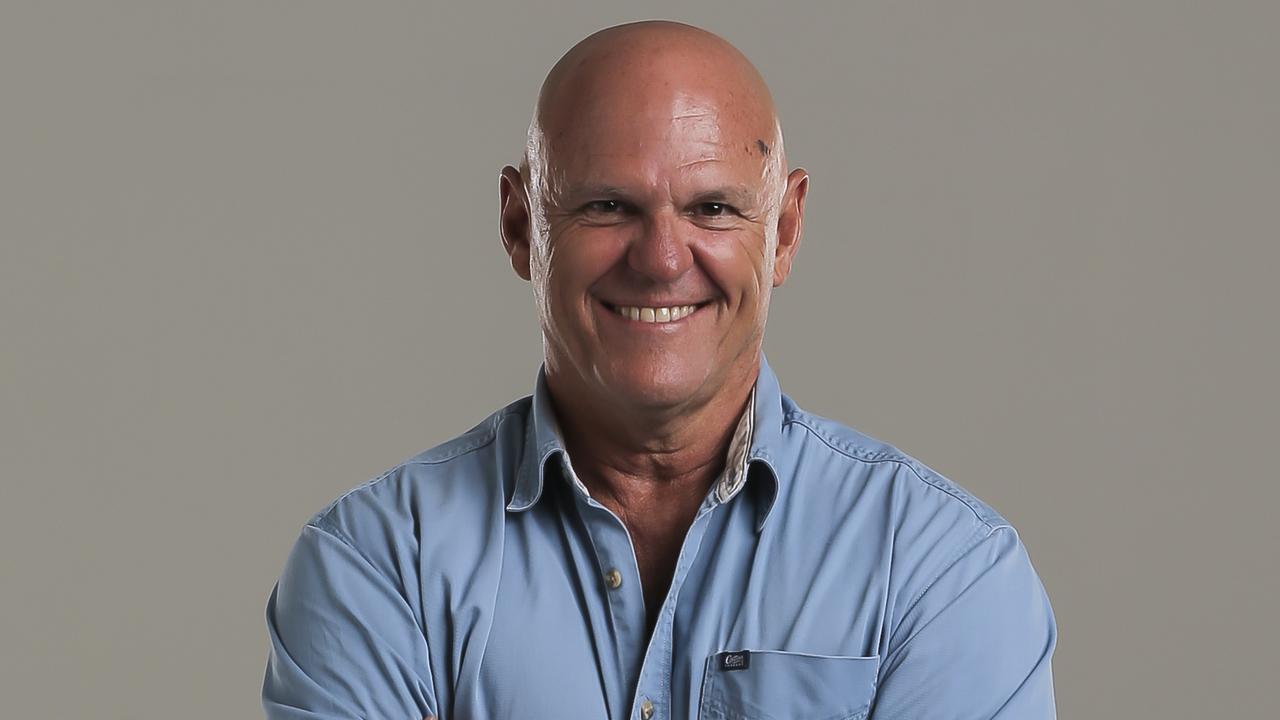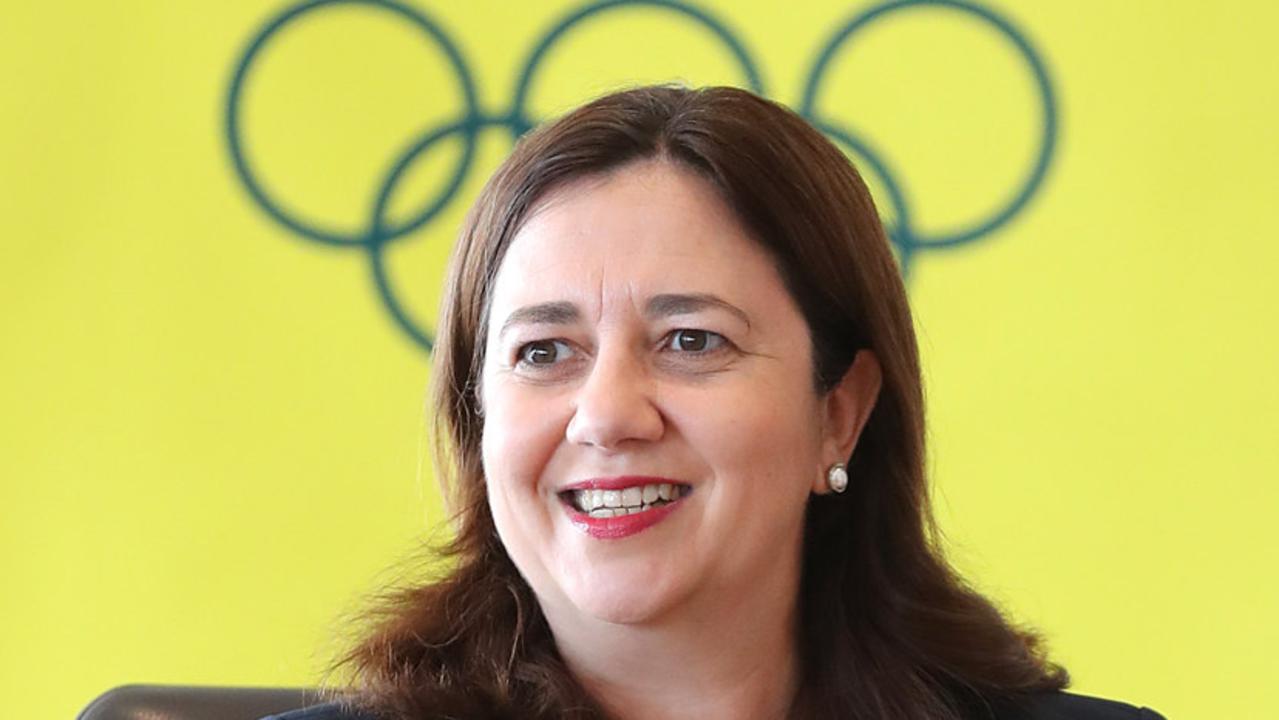A bid for Olympic Games will help to plan for future infrastructure
Planning for increased population in southeast Queensland will be helped with a bid for the Olympics Games.
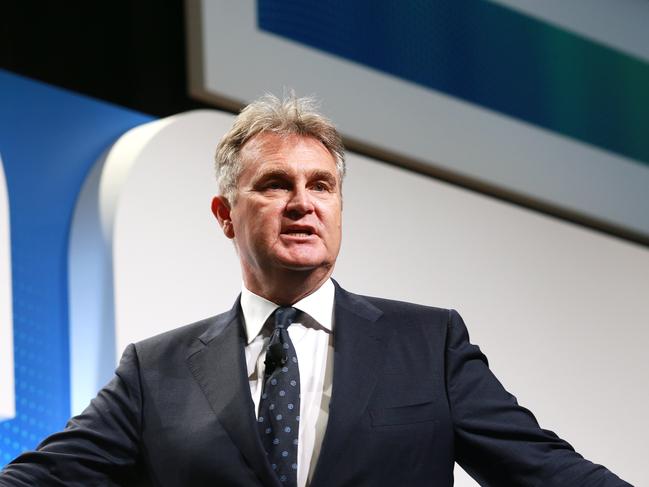
Opinion
Don't miss out on the headlines from Opinion. Followed categories will be added to My News.
“IT’S southeast Queensland’s turn, don’t give it away.”
It was a pointed remark about why the region, and its leaders, should feel confident to bid for the Olympic Games. Not doing so would equate to failure, a missed opportunity, and an admission we’re simply not ready to become a modern global city.
$60b plan to beat southeast gridlock
Can we do an Olympics on the cheap?
What southeast Queensland will look like in 2043
But Salt warned of a population explosion over the next two decades, and that any Olympics bid should be seen as an opportunity to get the region’s planning and infrastructure up to speed.
Simply put, what we’re doing now is not enough.
Today’s release of the Council of Mayors’ People Mass Movement Study is a positive step toward a unified, collaborative plan to ensure our region doesn’t hit choking point.
The study argues that even if all the projects currently under way are delivered, the roads we use every day to get in and out of Brisbane will be over capacity in 12 years. And worse, we will be in gridlock by 2041 under the existing plan.
The region’s mayors are proposing additional projects to ensure we don’t become the next Sydney or Melbourne.
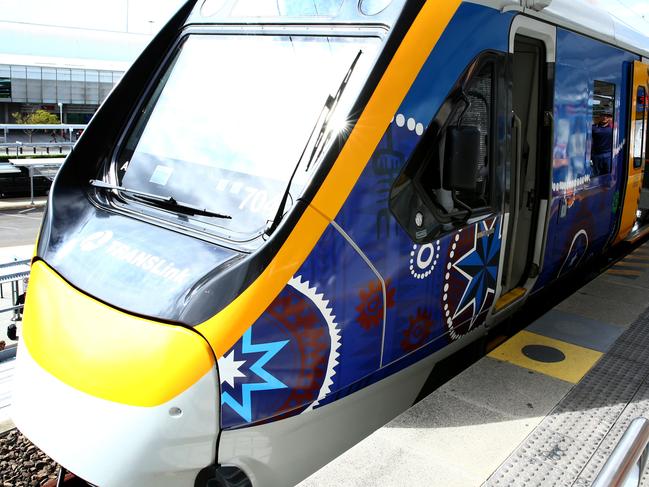
That includes a faster rail system to connect Brisbane with the Gold and Sunshine coasts, Ipswich and Toowoomba. The goal is to allow anyone living in those regional cities to travel to Brisbane inside 45 minutes, and those in Brisbane to move around the city inside 30 minutes, even at peak times.
Commute times from the coasts would be slashed by half under the Faster Rail plan, and from Ipswich by more than 60 per cent.
Crucially, the Council of Mayors’ report estimates the cost to deliver all 47 projects between now and 2041 is about $2.7 billion a year. Historically, the average transport infrastructure spend in SEQ is $2-3b annually.
Brisbane Lord Mayor Graham Quirk says the decision for the federal and state governments isn’t whether they can afford to deliver these projects, it’s whether they can afford not to.
He’s exactly right.
We can’t keep kicking the can down the road hoping things will change. If we do, we’ll look back fondly at when it took only 30 minutes to drive from North Lakes to the city in peak hour, or a family trip to the Gold Coast from Brisbane was an hour on a good run.
The key priority now is for our politicians to engage with this plan, and work collaboratively across all three tiers of government to agree on a path forward.
Gabba faces comeback Test
TEST cricket great Ian Healy yesterday claimed the Gabba had the best cricket pitch in the world because it had something for everyone.
Sadly, that cannot be said about the facility that houses the universally respected deck.
The Gabba officially starts life as the No. 5 cricket ground in Australia today when it hosts a day-night Test match featuring Australia and Sri Lanka.
The Sydney and Melbourne cricket grounds are entrenched near the top of the pecking order because of their historical gravitas and huge population bases. With the renovated Adelaide and newly built Perth Stadiums also winning Tests against India this summer ahead of Brisbane, the pressure is on Brisbane to lift its game.
The Gabba is not a dreadful venue. It is just that others are now better, a fact which must be recognised by a group of Queensland Cricket and government stakeholders when they meet today to plot the road forward.
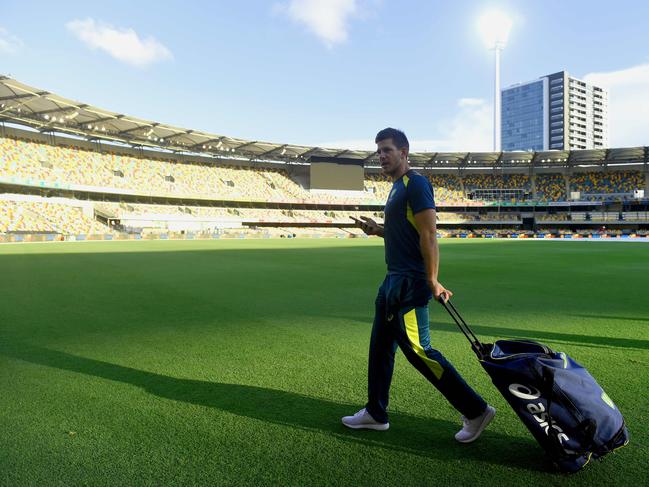
Queensland Cricket chief executive Max Walters told The Courier-Mail this week that what happened inside the boundary could be more important than what occurred beyond the fence.
That is true, but stadiums are judged as a complete package and the Gabba has been left behind in the arms race by grounds that have better access, parking, public transport, food and seating. Fairly or not, perception can be reality in the sports world and when the Gabba’s lighting failed at a Big Bash game last week there was a dismissive sigh from officials and fans around the country. The setback was seen by some as a sign of an ageing ground with back-up power systems unable to cope. The Gabba is on trial this week.
Its first challenge is to have an incident-free Test against Sri Lanka. Then thoughts and goals can switch to future seasons and greater challenges. Brisbane wants to elbow its way higher into the pecking order, with its trump cards being the splendid deck and the fact that Australia has not lost a Test in Brisbane for 30 years.
These are strong credentials, but generally you need more than two aces to win the card game that is the complex allocation of Test matches played on Australian soil.
But the aura has faded. The Gabba wants to host the first Test of future summers, but it no longer wins that right just because it is the Gabba.
The competition for major Tests has never been stronger. The development of Cross River Rail will help access to the stadium. However, if Brisbane wants to stay in touch with other venues it has to modernise the venue from its seating to its entrances and parking.
Otherwise, it simply stays the No. 5 venue in Australia.
Responsibility for election comment is taken by Sam Weir, corner of Mayne Rd & Campbell St, Bowen Hills, Qld 4006. Printed and published by NEWSQUEENSLAND (ACN 009 661 778). Contact details are available at www.couriermail.com.au/help/contact-us

